When Kylie Jenner was first introduced to the world, few predicted she’d become one of the most financially powerful figures in modern pop culture. By her early twenties, she wasn’t just cashing in on fame — she was reshaping how fame itself could be monetized. Her net worth has sparked headlines, debate, and even controversy, but beneath the dollar signs lies a deeper story: how a teenager turned social capital into business equity in real time. In an era where digital presence often trumps pedigree, Kylie represents the blueprint for a new kind of mogul — one who blurs the line between influencer, entrepreneur, and cultural touchstone. Understanding her wealth isn’t just about counting millions; it’s about examining the mechanics of influence, branding, and the future of celebrity capitalism.
For a full breakdown of her current empire, check out Kylie Jenner’s complete 2025 net worth profile, including revenue streams, brand ownership, and business philosophy.
2012–2014: The Reality Teen with a Fashion Side Hustle
Between 2012 and 2014, Kylie Jenner was still best known as the youngest member of the Kardashian-Jenner clan — a regular on Keeping Up with the Kardashians and a staple of red carpets and tabloid covers. But beneath the reality TV spotlight, she was already planting the seeds of something more ambitious. At just 15, Kylie began partnering with brands like PacSun (alongside sister Kendall) and secured endorsement deals with names like O.P.I. and Sears. These collaborations weren’t just quick cash grabs; they were early signs of her knack for leveraging personal style into marketable influence.
While her sisters leaned into fashion, modeling, or beauty in more traditional ways, Kylie’s approach felt more experimental, more digitally native. Her growing presence on Instagram and Twitter — where she curated a more stylized, mysterious version of herself — started to attract a younger audience separate from her family’s. Estimates put her net worth at around $2–3 million by 2014, an impressive figure for someone not yet out of high school. More importantly, she wasn’t just being paid to show up — she was starting to understand the value of creating trends, not just following them. In the ecosystem of teen celebrity culture, Kylie was already standing out as a brand in her own right.
2015–2016: The Lip Kit That Changed the Game
In 2015, Kylie Jenner didn’t just launch a product — she ignited a movement. The original Kylie Lip Kit, a $29 combo of matte liquid lipstick and liner, dropped with zero traditional advertising and sold out in under a minute. What started as a modest, self-funded experiment turned into a viral sensation. The secret? Kylie didn’t just endorse the product — she was the product. Her signature overlined lips had become a beauty obsession online, and she leveraged her enormous social media following to turn personal style into global demand.
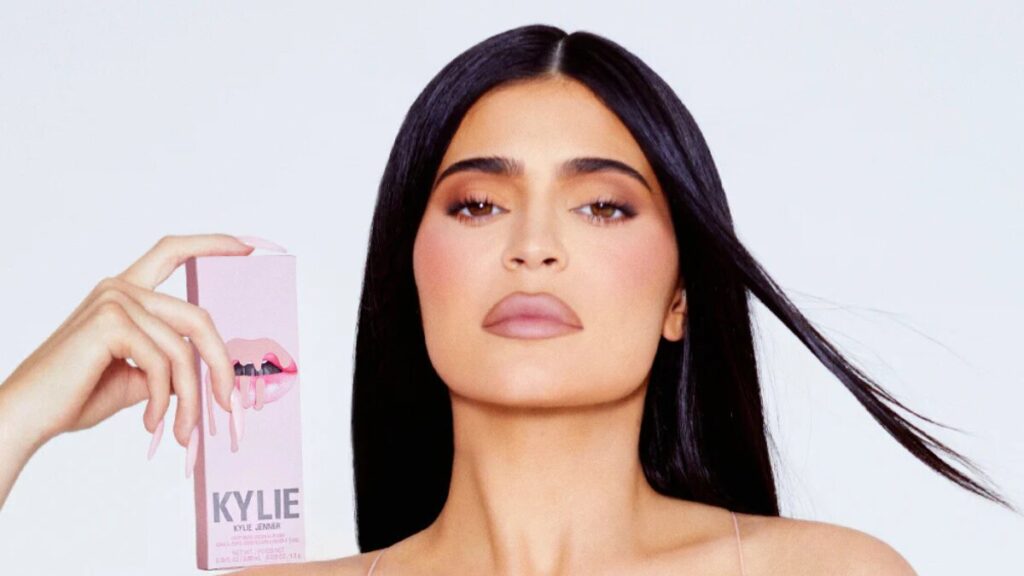
Unlike legacy beauty brands built on heritage and retail shelf space, Kylie Cosmetics thrived on scarcity, hype, and the feeling of being part of something exclusive. Instagram previews, Snapchat swatches, and cryptic launch countdowns created a direct-to-fan intimacy no traditional marketing campaign could match. Kylie played the role of influencer, founder, and face all at once, blurring the lines between consumer and creator. In just months, the Lip Kit grew from a novelty into the foundation of an empire — and Kylie had proven she wasn’t just cashing in on fame, she was flipping it into something far more powerful.
2017–2018: Building an Empire While the World Watches
By 2017, Kylie Jenner was no longer just a teen entrepreneur — she was a force reshaping the beauty industry. Kylie Cosmetics had exploded, generating over $420 million in revenue in just 18 months, and Forbes was taking notice. In a 2018 cover story, they named her one of the richest self-made women in America, estimating her net worth at around $900 million. The bold headline, “America’s Women Billionaires,” set the internet ablaze — not just for the number, but for what it symbolized: a 20-year-old turning selfies into a near-billion-dollar brand.
This was the moment Kylie’s business life and personal narrative fused in the public eye. Her pregnancy with daughter Stormi was kept famously private, but its eventual reveal became one of the most-viewed moments in internet history. Fans weren’t just buying lip kits — they were buying into Kylie’s world. Every Instagram post, every product drop, every glimpse of her lifestyle became part of a tightly woven marketing ecosystem. But with that scale came scrutiny. Was the valuation accurate? Could a brand so tied to one personality sustain its momentum? As the empire grew, so did the questions — and the stakes. For Kylie, success meant navigating both commerce and constant spotlight, often at the same time.
2019–2020: Billionaire Status, Then Backtrack
In 2019, Kylie Jenner’s business triumph reached new heights — and new complications. When she sold a 51% stake in Kylie Cosmetics to beauty conglomerate Coty Inc. for $600 million, the deal not only validated her brand on a corporate level, it seemingly cemented her status as the youngest self-made billionaire. Forbes doubled down on the narrative, placing her atop their billionaires list. For a moment, it felt like the perfect arc: a reality star turned mogul, outpacing legacy entrepreneurs before the age of 22.
But in mid-2020, that narrative unraveled. In a highly publicized retraction, Forbes accused Kylie and her team of inflating earnings and fabricating tax documents, claiming she was not actually a billionaire. The fallout was swift — and polarizing. Critics questioned the “self-made” label, while others focused on the broader implications: How accurate is celebrity net worth reporting? How much of wealth is perception, especially when influence is its currency?
The Coty acquisition still gave Kylie a massive payday and a credible seat at the corporate table. Yet the Forbes reversal exposed the tension between media hype and financial transparency. This episode wasn’t just about Kylie — it spotlighted the murky crossroads where celebrity branding, corporate valuation, and public trust collide.
For a deeper look at how the Coty deal impacted her valuation and brand trajectory, read this deep dive into Kylie Cosmetics’ valuation and Coty deal.
2021–2023: Brand Diversification and Digital Influence
Between 2021 and 2023, Kylie Jenner doubled down on diversification — with mixed results. She launched Kylie Skin, Kylie Baby, and Kylie Swim, each extending her beauty-first empire into adjacent lifestyle sectors. Kylie Skin found traction with its minimalist branding and global retail partnerships, while Kylie Baby appealed to fans following her motherhood journey. But not all expansions hit the mark. Kylie Swim faced backlash for quality issues and inconsistent sizing, prompting viral criticism that dented the brand’s credibility.
Despite these bumps, Kylie’s digital dominance remained unshaken. She became the most-followed woman on Instagram, a platform she continues to use not just for branding but for real-time product testing and trend signaling. In many ways, her feed functions as a billion-dollar focus group. Content deals — like the Hulu series The Kardashians — kept her narrative in motion, reinforcing her relevance. While not every brand move succeeded, Kylie proved that her greatest asset isn’t any single product — it’s sustained cultural visibility powered by near-unrivaled digital influence.
For a full breakdown of how Kylie monetizes Instagram, TikTok, and digital influence, see how much she earns per post and why brands still pay top dollar for her reach.
2024–2025: What’s Next for Kylie the Mogul?
Looking ahead to 2024 and 2025, Kylie Jenner appears poised to shift from founder to full-scale brand architect. With much of her equity in Kylie Cosmetics already liquidated, her next moves may lean toward licensing and strategic partnerships — allowing her to monetize her image without direct operational risk. A fashion pivot also seems likely, especially as she teases collaborations with sister Kendall and attends couture-heavy events that hint at deeper industry ambitions.
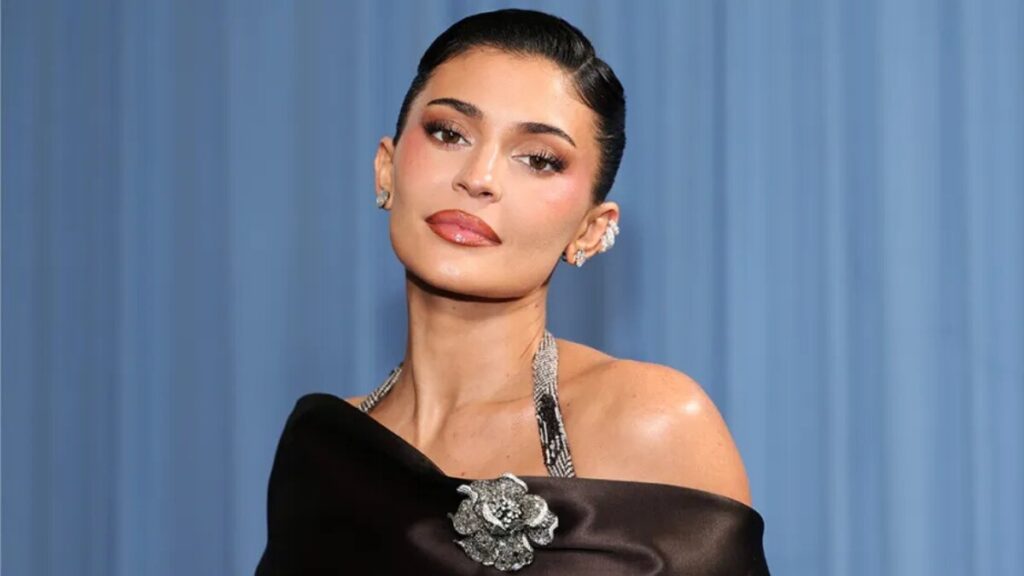
Given her savvy use of social media as a direct-to-consumer engine, Kylie could explore launching a platform-agnostic e-commerce brand or invest in early-stage startups aligned with Gen Z interests: wellness, sustainability, or even digital fashion. There’s also potential for her to take on a more executive role behind the scenes — perhaps as a creative director or investor in emerging lifestyle companies. If her past is any indication, Kylie’s next chapter won’t be reactive — it’ll be engineered for scale.
Her offline empire is growing too — explore Kylie’s multi-million-dollar real estate portfolio and strategy across LA’s most exclusive neighborhoods.
Net Worth in Context: How Kylie Stacks Up to Industry Titans
Kylie Jenner’s wealth, estimated to be between $700 million by 2025, stands out not just for its size, but for how it was built. Unlike Beyoncé, whose fortune stems from decades of touring and music royalties, or Selena Gomez, whose revenue leans on acting, music, and licensing deals, Kylie’s empire is distinctly equity-driven. Her closest peer in strategy may be Rihanna, who—with Fenty Beauty—has also fused her brand with product ownership. Kim Kardashian’s SKIMS success offers another parallel: leveraging social media into a scalable, investor-backed business. What sets Kylie apart is how early she moved—creating a near-billion-dollar brand before turning 25, fueled largely by direct-to-consumer sales and online hype. In today’s celebrity economy, she’s a prototype of the “social-first mogul,” where influence isn’t just leveraged — it’s the foundation.
For a direct comparison of the Kardashian-Jenner business empires, see how Kylie compares to Kim Kardashian in wealth and strategy, and what their differing paths reveal about modern fame.
What Kylie’s Wealth Trajectory Reveals About Modern Fame
I’ve watched Kylie Jenner’s rise not just as a media consumer, but as someone trying to understand what “success” looks like in the digital age. What strikes me most isn’t just her net worth — it’s how she built it from the raw material of visibility. She didn’t inherit a business empire; she created one from selfies, scarcity drops, and an audience that grew up with her. To me, Kylie’s story reflects a generational shift: for Gen Z, fame isn’t a byproduct of talent — it is the asset. Entrepreneurship today is less about credentials and more about owning your platform. Love her or criticize her, Kylie didn’t just monetize fame — she redefined what fame could do. That’s not just impressive. It’s a roadmap for the influencer economy — one that’s still being written in real time.
Kylie’s Legacy as a Modern Mogul
Kylie Jenner’s journey from teen reality star to near-billionaire mogul isn’t just a story of personal ambition — it’s a blueprint for a new kind of celebrity capitalism. She’s proven that in the right hands, fame can become a startup, social media a storefront, and personal brand a global enterprise. Her success isn’t just in the numbers, but in how she navigated visibility, influence, and ownership in a way few have. As the next wave of creators and entrepreneurs rise, Kylie’s model will likely remain the gold standard: build your brand, own your equity, and never underestimate the power of your platform.
Mohit is a finance and entertainment writer specializing in celebrity wealth, brand strategy, and media empires. As Co-Founder of TheNetWorths.com, he brings over a decade of experience analyzing public income streams, endorsement deals, and the evolving creator economy.















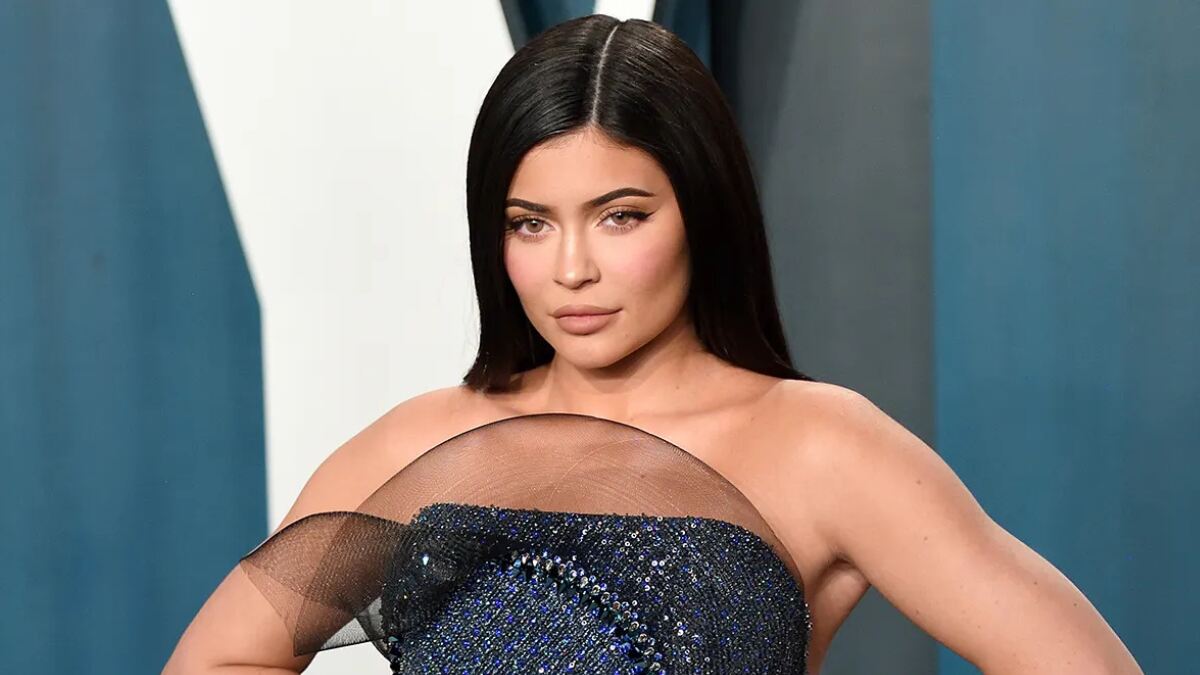
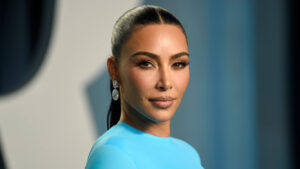


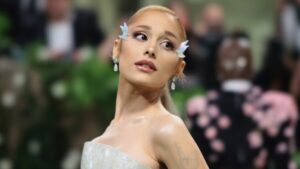
4 thoughts on “Kylie Jenner’s Net Worth Over Time: From Teen Millionaire to Mogul (2012–2025)”